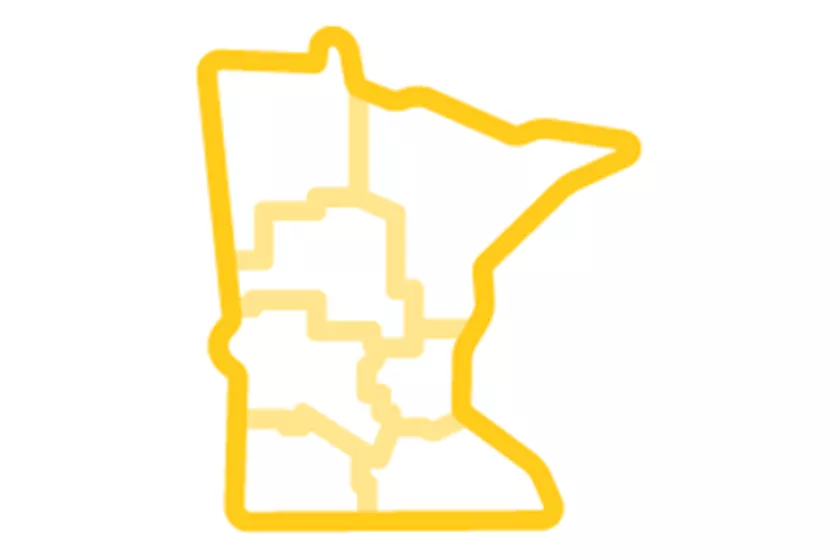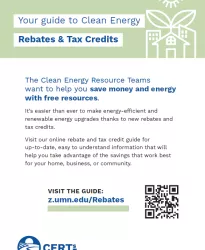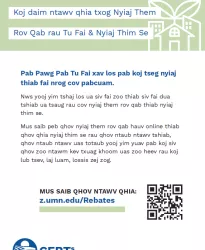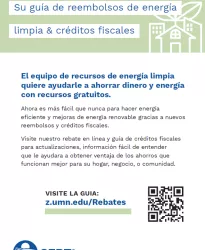At CERTs we want to help you save energy and money with energy efficiency methods and renewable energy options. Let us help you navigate the federal and state incentives so you can create your own energy-saving plan.
As new clean energy incentives arrive, we will update this info including time/date stamps within each updated section.
Questions? Feedback? Let us know!







